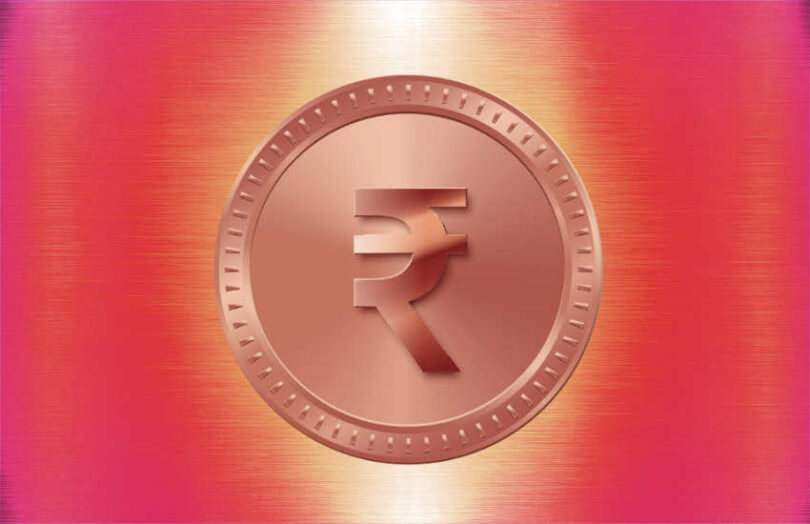India’s digital rupee wallet providers will be expanded from banks to non-bank payment operators. During a monetary policy statement today, Reserve Bank of India Governor Shri Shaktikanta Das announced the retail central bank digital currency (CBDC) move.
In a subsequent press conference, Deputy Governor T Rabi Sankar gave an update on volume. As previously reported, in late December, volumes hit a target of one million transactions for a single day. Mr Sankar said this was due to enabling interoperability with UPI, India’s instant payment system.
However, he said that volumes have slowed since then. Now the cumulative transactions surpassed 22 million since the start of the pilot in December 2022. Regarding the number of onboarded users, there are 4.6 million consumers and four hundred thousand merchants.
With few merchants accepting the digital currency, most transactions were person-to-person (P2P). Since more stores have started accepting the digital rupee, there’s a shift to more retail transactions.
As the CBDC progresses, the central bank is adding additional functionality. In February the central bank announced that the next stage would expand to programmable payments and offline functionality.
The first programmable payments started last week when a farmer received money he could only use for agricultural payments. Offline functionality is still being internally tested.
Today’s discussions focused on domestic applications. However, the government believes one of the killer use cases for India will be cross border payments. On that point, last year local news outlets reported discussions with Swift and the Hong Kong Monetary Authority (HKMA) about cross border payments. Earlier last year, it formally started cross border CBDC trials with the UAE.






